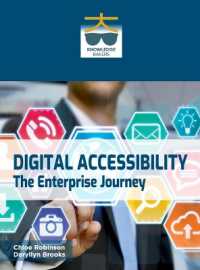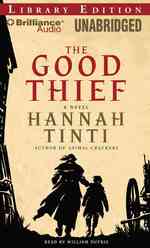Full Description
The aim of this book is to convey to teachers the potential of out-of-school environments for mathematics education. This book is primarily intended to inform teachers about the potential of out-of-school learning environments for mathematics learning/teaching. First of all, these environments will be introduced to teachers. It will be explained in which ways teachers can use these environments to teach mathematical knowledge and concepts. Further, for each chapter addressing challenges identified in the literature regarding the planning of instruction in out-of-school environments, examples of activities will be provided. Accompanied by insights from academics, these activities will illustrate how mathematical concepts can be effectively communicated to secondary school students through engagement with out-of-school environments. This book was written specifically to provide information on how to provide mathematics education in out-of-school environments. A different out-of-school environment will be determined in each department. In this environment, it is aimed to provide students with problem-solving skills by comparing them with original problems in real-life situations. In addition, collaborative education comes to the fore in the activities used in these environments and is expected to help students develop communication skills such as mathematical language. Apart from this, these activities also aim to provide students with some basic skills such as cultural, historical, economic, and nature awareness. The book's target audience includes teachers, educators/facilitators, teacher educators, curriculum developers, and early-career researchers as well as established researchers. Especially after Covid, the importance of mathematics education outside of school has increased. There are not many resources in the literature for teachers to provide mathematics education in out-of-school environments. First of all, in the book, the educational potential of different environments (museums, zoos, science centers, etc.) will be discussed within the framework of the literature, and then activities that can be used in mathematics education in these environments will be designed. This book will guide teachers theoretically and practically on how to provide education in out-of-school environments. It will also be the main source for researchers who want to conduct academic studies in out-of-school mathematics teaching.
Contents
Chapter 1. What is Out-of-School Learning?.- Chapter 2. Out-of-School Learning and Schools.- Chapter 3. Planetariums (Planetariums).- Chapter 4. Zoos.- Chapter 5. National Parks.- Chapter 6. Botanical Gardens.- Chapter 7. Industrial Institutions and Organizations.- Chapter 8. Science and Art Centers.- Chapter 9. Natural historical and cultural environments.- Chapter 10. museums.- Chapter 11. universities.- Chapter 12. The Place of Technology in Mathematics Teaching in Out-of-School Learning Environments.- Chapter 13. Rural Artifacts.- Chapter 14. Non-digital Game.








